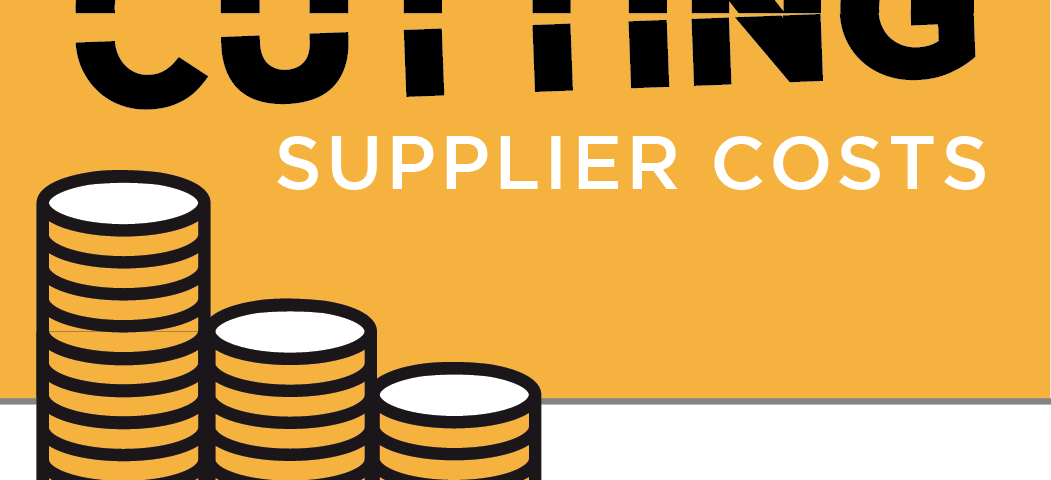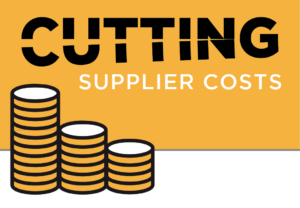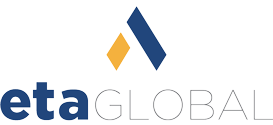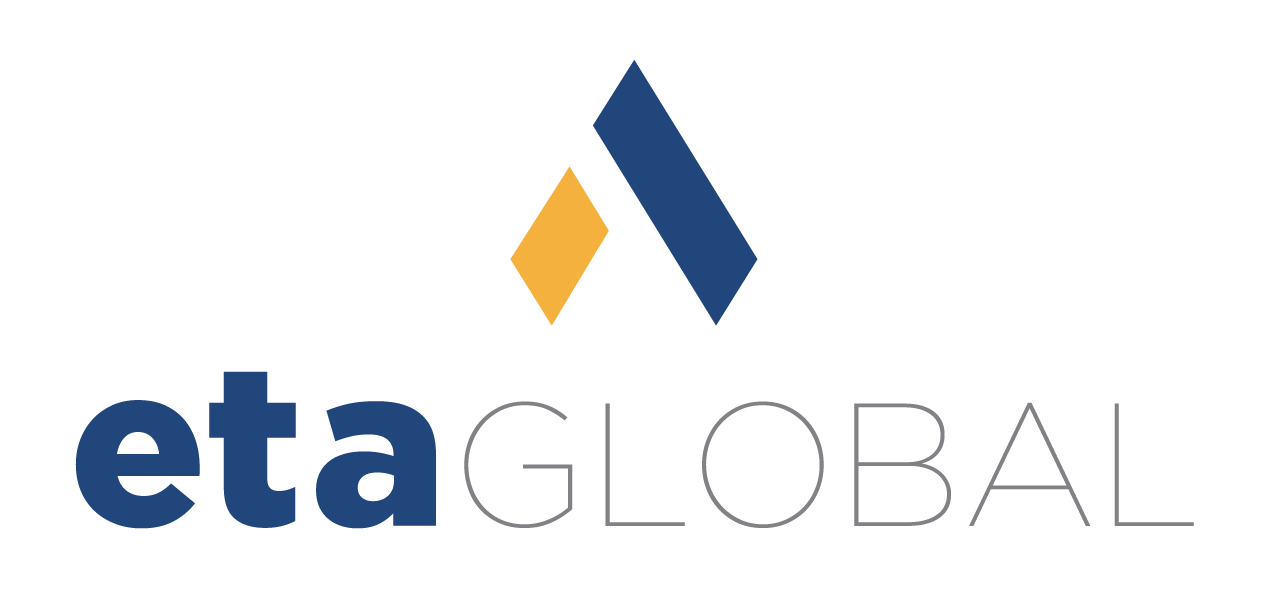Cutting Supplier Costs: A 3-Part Process – Understanding the Supply Chain in the A&D Industries
Cutting Supplier Costs: A 3-Part Process – Understanding the Supply Chain in the A&D Industries


In spite of facing a tough market for the last several years, the global aerospace and defense (A&D) industry grew by 2.4% in 2016 and generated about $674 billion. Now that President Trump plans to ask for $716 billion in national defense spending in 2019, the industry can expect further growth, along with challenging competition. To stay on top of the industry, manufacturers are now looking into cutting supplier costs to maintain prominence and maximize profits.
In a three-part series on cutting supplier costs, etaGLOBAL will cover the latest industry advice on increasing revenue amid an ever-changing, dynamic market. The first step any manufacturer should consider is acquiring a better understanding of the supply chain.
The Problem with Staying Competitive
Regardless of your company size, with the inflated spending for the market, customers will be looking for competitive prices. And that puts pressure on a manufacturer to reduce costs. Furthermore, prime contractors and tier-one integrators (also known as OEMs) have struggled for the last several years to transfer cost reduction targets to the suppliers. Suppliers tend to increase their gross margins while OEMs flat-line. This trend continues, according to an article published by the Boston Consulting Group.
Gaining Insight Into Supplier Costs
The Boston Consulting Group suggests that the best action prime contractors and OEMs can take is to begin to stifle costs in their supply chain by gaining better insight into supplier costs. Suppliers can also benefit from this approach if the overall cost-effective options encourage the government to buy less-expensive systems in greater volume.
Regarding the supply chain, most contractors just don’t have a clear vision of their supplier’s costs, operating primarily as if those costs were fixed. However, new tools are becoming available to companies to help gain better insight into these costs. Three of these tools you should be aware of include should-cost, market-based should-cost modeling, and tear-down analysis.
Should-Cost – Should-cost analysis tools set aside the current asking price of a component to determine what the item should actually cost, based on labor, materials, overhead, and profit margins.
Market-Based Should-Cost Modeling – A more advanced version of should-cost, market-based should-cost modeling allows contractors to map commercial market pricing and economics for their suppliers. If a supplier raises prices by 2% to 4% each year, the contractor can apply market tools to determine a fair price based on the current market climate, such as expired patents and competing manufacturers.
Tear-Down Analysis – Tear-down analysis allows contractors to gain a stronger insight into supplier prices by analyzing the completed component provided by a supplier and breaking it down into individual, constituent pieces. Based on the costs of the constituent pieces, a realistic cost of the whole component can be assessed.
Look to etaGLOBAL for More Insight into the Supply Chain
Although cutting supplier costs is a multi-faceted process, we have highlighted some of the basic tools a contractor or OEM could employ to begin a better understanding of their analysis of the supply chain. For more information on how to cut costs in today’s market, contact etaGLOBAL today.





